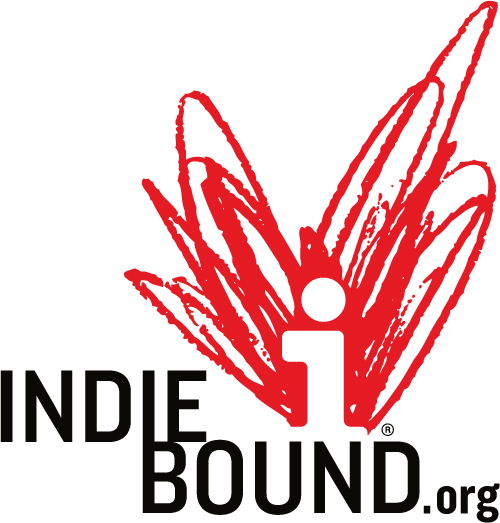I just published my second novel. Ta-da!
In many ways, it was more of a learning process than publishing the first one. Here, two of my biggest editing lessons:
1) Do Not Let Expectations Run the Show!
This was a lesson I seem to learn over and over again, this time in Publishing! You see, I’d done it once already, so I figured it would all be pretty much the same the second time around. Uhh…
The difference was that the original manuscript for Dulci’s Legacy had been drafted in one month, not eighteen months. This meant that there were a lot more plot-holes and unfinished thoughts than in Memory’s Hostage… which meant that the editing to be done was fierce.
I went through a round of beta readers, a couple of the same people and a few new ones, and had already started revising before I saw that there was something missing. Back to the drawing board! I decided to get a professional editor’s opinion of what that was, which took a month.
Then I tried to figure out what I wanted to do about the Big Giant Elephant(s) she had pointed out, which took another month.
Then I decided to just rewrite the whole damned thing, which took TWO more months.
Obviously the old schedule was out the window by that point, and I just had to keep adapting.
2) There Is A Way To Balance Efficiency With Capacity!
At the outset of editing Dulci’s Legacy (back in January of 2014), I had thought that my big discovery would be about how many editing ‘layers’ I could combine without getting sloppy. If that doesn’t make sense, let me break it down:
- typos/spelling
- grammar
- paragraph spacing and flow
- word choice and exposition
- plot pacing
- name/age/place/other fact inconsistencies
- scene-and-sequel (hat tip to Shanna B. on that one)
- character development and motivation
These are all layers of editing, in approximate reverse order of how they are usually performed. They can be broken up and done by different people if desired, e.g. someone who is a grammar queen can do #1, without also having to be up on the traditional story structure do’s and don’t’s.
But as I was trying to save money and do most of the layers on my own or with beta readers, I wanted each sweep through the book to combine as many as possible without losing quality of focus. For instance, obviously I’d need to read through once solely concentrating on character development. Question then became, ‘how many characters can I ‘concentrate on’ at once?’
So you can see how you’d want to strike a balance between trying to do All The Things and doing none of them well, and going through your manuscript a jazillion times with just one thing in mind each time, which would well nigh kill a man.

So! Here’s how I did it this time, so that I can have a roadmap (but not strict expectations!!) next time:
1) Pull .scriv off of cobwebby shelf and Revise For Visibility– things that would hinder reading through for comprehension, such as typos, spacing, formatting rules (that one should get its own post), em-dashes, hyphens, chapters, tabs, and more. This streamlines the text so that I can actually see past the letters on the page, and remember how it all ends! Also, flag possible inconsistencies, but Do Not Worry about them now.
2) Now for deeper plot questions and the tension buildup! Now that you remember how it ends, does the whole story hang together? Are there scenes that need shoe-horning? Flag these, but Do Not Worry about them now.
3) OK, NOW is the time to worry about the flags. Write up a list of them, or just use the comments in Scrivener or Word and kill them as you go. This is a tricky run-through, as there will be countless snags and things to ruminate over. Fine, ruminate, but don’t stay away for too long. Keep the hamster turning in your head. Maybe you can skip it if it’s particularly hard, but then you’ll need to make a note to see to it later.
4) And finally! A copyeditor is in order. This is where a fresh pair of eyes would be particularly useful. A few beta readers could come in handy here, as well as earlier for the overall plot arc, if you’re not confident in that area, of if you’re not in a hurry.
5) Final spelling/spacing/any new typos? Also good to have a fresh pair of eyes, as redoing your final version when you get to the uploading-to-Amazon stage is an excruciating pain.
And now you’ve won the chance to go to Formatting Hell! Congratulations. (Also known as trying to make your book look like a team of professionals worked on the interior AND the cover.. Good luck!)
…I have lots of sites I went to for information on this last piece of formatting, so maybe I’ll make a post about that experience soon!
Have you found a similar combination works well for you? Where do you draw the line for beta reader tasks vs. paid professional tasks? Are you still trying to do everything yourself? (I feel ya!) Let me know in the comments!
Images via Balancing Change Mindfully


I somehow missed this very important news of yours that book two is done!! Congratulations, my dear — that is a huge accomplishment. This post gives truly useful guidance to me as I edit my own book and have to rewrite sections of it. I am so proud of you for making this all happen, especially within a short timeframe. Brava!
Uh-oh, I guess that means my marketing machine is falling down on the job! Lol. Nah, I’m just easing myself back into the ‘machine’ now, as the book hit ‘shelves’ pre-Christmas, and then I took some time to do some fiction-writing in a different vein, and annual review, and editorial calendar-ing… so thanks for the reminder- I need to tell the friends! Also, so good to hear that this is USEFUL! 🙂